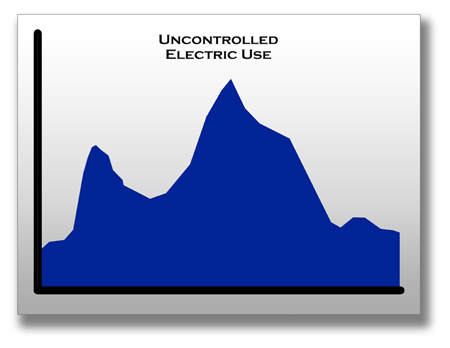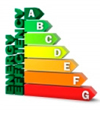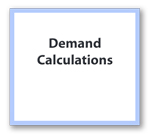What is Demand Management for Electrical Use?
Electrical Demand Management is controlling how you use electricity during different demand times, and allows you to use the same amount of electricity at a much lower cost. With the use of demand controllers, you can efficiently control energy use and manage peak demand.
Electrical Demand 101
Simply put, Electrical Demand Management is controlling how you use electricity, and it allows you to use the same amount of electricity at a much lower cost. Demand is defined as the rate of electric use. This can also be interpreted as the “speed” at which your building is using electricity. Utility companies bill your electric use based on a combination of the amount of energy consumed (kWh) and the rate at which it was consumed (kW). kW is how energy demand is measured, and most utilities bill for the “Peak Demand” which is the highest demand in any one demand interval (usually 15 minutes) during the billing month.
Click Here to read more on how you are billed for demand use.
Automobile Analogy for Energy Demand
We've found the easiest way to explain energy demand management (also known as demand control) and make it relatable is by comparing it to a car. The table below goes over the main items in the analogy.
| Building Features | Car Features |
|---|---|
Building |
Car |
Electricity |
Gas |
kW (Demand) |
Speed (speedometer) |
Kwh (Energy) |
Distance Traveled (odometer) |
Load Factor % |
Miles Per Gallon |
The key to energy efficiency with both a car and demand control is taking advantage of momentum. The reason a car gets better gas mileage on the highway versus in the city is because it uses momentum to keep energy use (gas consumption) at a stable rate.
The physics behind momentum can be described more thoroughly by Newton’s Laws of Motion.
City driving consists of frequent acceleration and deceleration due to the “stop and go” caused by traffic lights and stop signs. This variation in speed works against momentum reducing energy efficiency (lowering miles per gallon).
Highway driving is much more efficient and increases your m.p.g. because typically you remain at a stable speed for longer periods of time, taking full advantage of momentum.

As you can see from this graph, the City Driving line has several peaks and valleys in speed (fuel use) while the Highway Driving line stays fairly stable in speed once the desired level is achieved.
Just as peaks and valleys in acceleration decrease your fuel efficiency (m.p.g.), the same can be said of your building’s energy efficiency (load factor %).
Load Factor% is calculated by:

The higher the load factor%, the more efficient the building is. So if you have a very low load factor % you are a great candidate for demand control

Think of load factor in terms of this graph. The space above the blue section is the area you pay for but aren’t utilizing. If you have a lot of white space you have a low load factor %. This means your building is not very efficient and you are paying much more on your electric bill then necessary.
You may also notice that this can be said of the City vs. Highway graph. The City graph has much more “white space” above it’s line than the Highway line does.
Demand control isn’t about controlling the amount of electricity (gas) consumed, but instead how efficiently it’s consumed (m.p.g.). The issue most people face in high electric costs is that they are “city driving” with their building vs. “highway driving”.
So how can you “highway drive” with your building? Keep your demand (speed) steady! You can manually control your large non-critical electric loads or you can have an Energy Sentry do it for you.
An Energy Sentry is like a cruise control for your building’s electric use. Your larger controllable loads are automatically cycled on and off on a priority basis that you determine with our help. This keeps you below a certain kW threshold, and ensures your energy use remains at a stable level, leading to a high Load Factor % and lower electric bills!
Stats & Facts
Save 10-40% on your Electric Bills
Depending on your Utility’s Demand Rates and how low your demand limit is set, you can save up to 40% on your electric bills. Managing larger non-crucial electric loads will allow you to take advantage of the electric rates offered, and make the most of the electricity you are paying for.
ROI within 1-3 Years
The majority of our customers receive a full return on investment within 1-2 years of using their Energy Sentry. By saving up to 40% on your electric bills, the unit will completely pay for itself within 3 years… after that the savings are just a bonus! If you’re going to end up spending the money, why not spend a small amount now and save BIG for years to come!
Improve Energy Efficiency
Similar to the way a cruise control works, a demand management system evens out the peaks and valleys of energy use resulting in a lower electric bill and more efficient use of each kilowatt-hour used.
Help your Utility Company
If your utility company had a substantial number of customers controlling their electric load during peak system time, they could operate their generation assets more efficiently and buy less power on the “spot” market, in turn keeping rates lower for everyone.



















